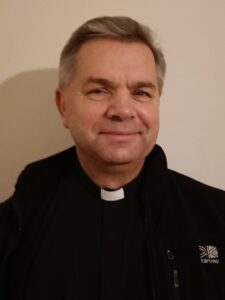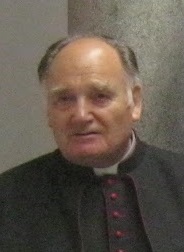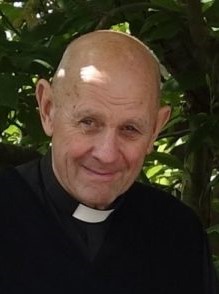About our Parish
The Parish of the Most Holy Trinity consists of three catholic churches in Axminster, Seaton and Lyme Regis, located along the beautiful Jurassic Coast.
The Parish forms part of the Diocese of Plymouth.
Father Jacek Kostuch is the Priest in Charge of the Parish.
Find out more about each of our churches and how to get to them below.
Parish office hours
4-6pm, Monday – Friday
10am-12pm, Monday & Wednesday
Contact information
axminster@prcdtr.org.uk
01297 32135
In emergencies, contact Father Jacek on 07776 082408
Our priests
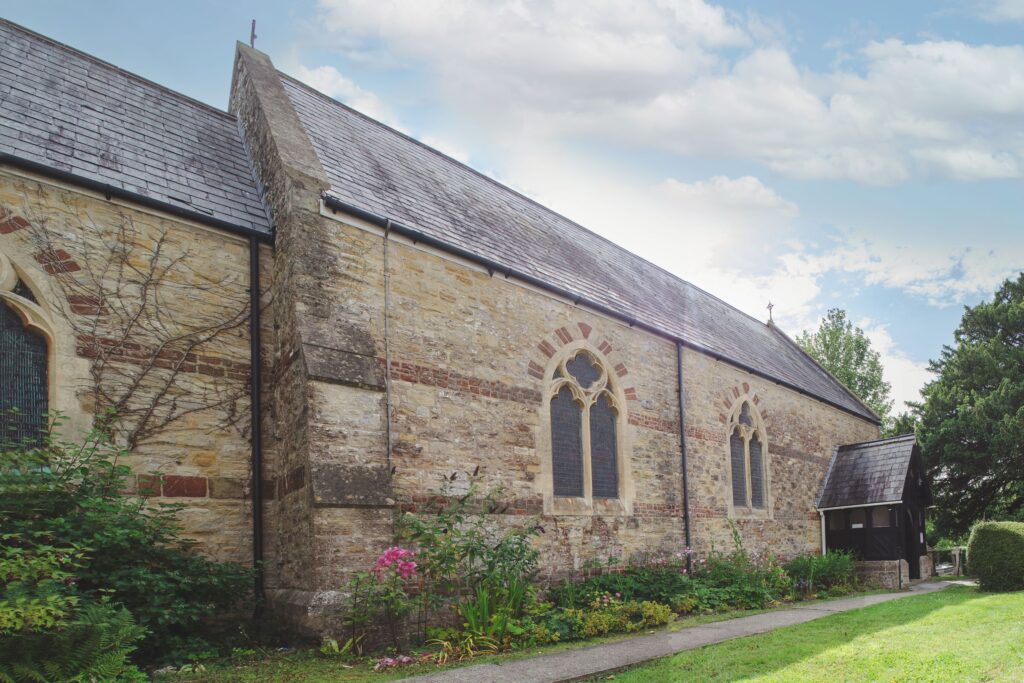
St Mary, Axminster
St Mary was designed by William Wardell and built under the direction of George Goldie, both distinguished mid-nineteenth century Catholic architects. The existing building replaced an earlier chapel on the Lyme road which had been there since 1830 by George Bragg, a local builder.
St Augustine, Seaton
In 1934 Bishop Barrett, under the care of the Augustinian Recollect Fathers, bought a plot of land at the corner of Manor Road which became the site of the new catholic church, dedicated to St Augustine of Hippo. The foundation stone of the new building was laid in July 1937. The church was finally consecrated in 1981.
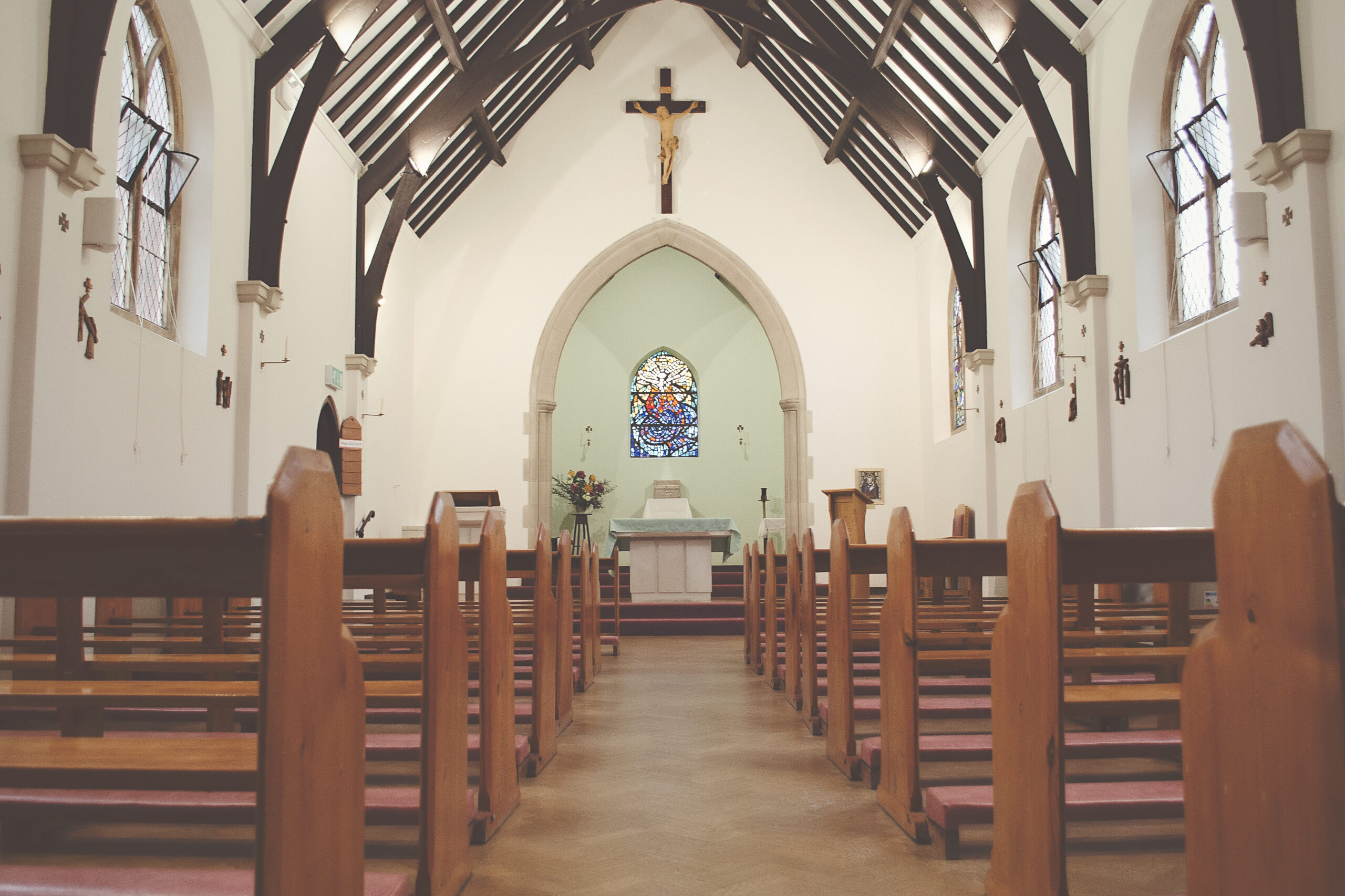
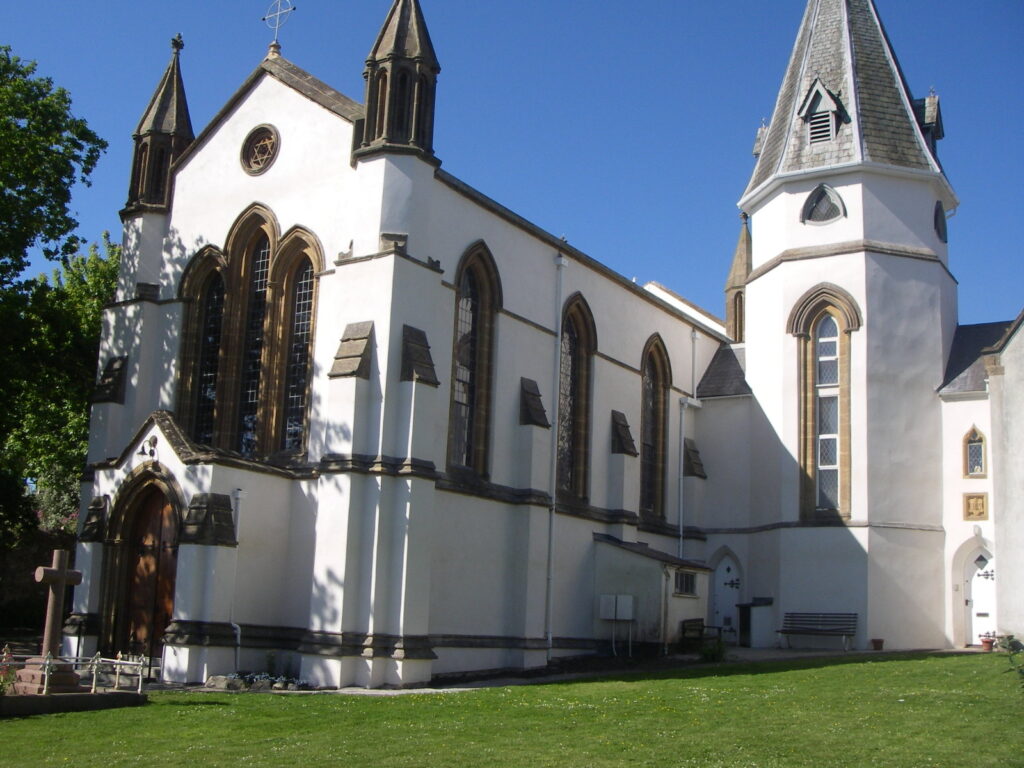
St Michael & George, Lyme Regis
In the 1830s Lyme Regis was a fashionable resort (as it is now!) and its Catholic families met for Mass in some of the larger houses, such as Coram Court in Pound Street, where Monique Bellingham lived. She was widowed and had five daughters and a son, who died while serving in the Army in India. After his death, she found £100 in his desk (worth about £13,000 now) and decided to use it to start a project to build a Catholic church in Lyme, which would have been illegal only a few years earlier, before the Catholic Emancipation Act of 1829. The scheme was enthusiastically supported by the new Catholic parish priest at Axminster, Father Charles Fisher, who bought a plot of land at Silver Street for £275 in 1835, and commissioned a leading architect from Bath, Edmund Goodridge, to design a magnificent church – in which he is now buried. St Michael & George Catholic Church is a Grade II listed building.
